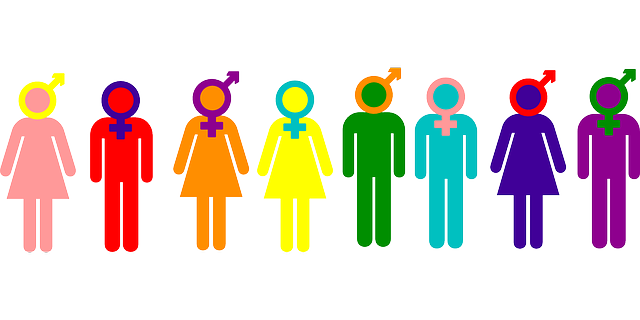2 – Why do you have articles in German language? – Jakas from Lithuania
“Der”, “die” or “das”, “ein” or “eine”?!?
Articles, but actually their declination according to gender, case and number they carry are challenging and annoying to many learners of German and a constant worry, including Mark Twain who grumbled a lot about them in his book “The Awful German Language”.
So why (the hell!) do articles exist, these annoying little words, were they invented to tease you?
I don’t think so. Or at least I hope not and I know: articles do not only exist in German language. Most of the major world languages like Spanish, French, Portuguese and English have them. Like in these languages, also in German they are “companions” of nouns like “Auto”, “Buch” and “Frau” (car, book and woman) and clarify the meaning of a sentence. There are definite and indefinite articles, such as “der” and “die” or “ein” and “eine”. As companions, they clarify e. g. whether something is appearing for the first time, like a friend telling his mate “Ich habe eine Frau kennengelernt”, just telling that there is a woman in his life; whereas he would say “Die Frau ist einfach toll!” after having told about her before. If you are an experienced user of German language, an article helps you understand very quickly what is meant. The described one is just one of several examples for their function.
One most difficult point about German articles is the genders. Most of them do not make sense in fact and there is no logical explanation. “Der Tisch” and why not “die Tisch”, “das Glas” and why not “der Glas”? This is similar in lots of languages, like Spanish, French and Portuguese. They all have genders expressed in articles which do not make sense, either. But it is special to German and some other languages that there are not only two but three genders: masculine, feminine and neuter.
The true reason why a lot of words have a certain gender where it does not make sense is to be searched in the language history. Apparently the Indo-European original language, out of which most European languages developed in the last 5000 years, did not have the articles. As I read, Greek language is the oldest language that had articles. Appartently it made sense to our ancestors to use articles.
Looking at other languages, articles are not the only way to express gender, number and case of nouns. The Balkan or Scandinavian languages for example do not have articles, but affixes; this means they express gender, number and case by adding certain endings to the nouns. Others, like Japanese as an example, do not have any of these.
Using articles with their declinations is the German language’s way to “transport” three pieces of information at once – you have little “bombs of information”. Maybe it fits to German people or at least to their reputation – Germans are to be very exact and detailed. German is a “low-context language”. This means, Germans are said to learn from childhood to communicate directly and say what they mean. “Yes” means “yes” and “no” means “no”. You want to describe things as exactly as possible. You can describe things in a very detailed way and “there is a word for everything” as I heard Abbas Khider an Iraqi-German writer say in a public reading. There is not too much room left for a doubt what the other person means. In this language and culture, articles and their declination fit in well, don’t they?
All in all, articles developped in language history of German and are there to transport meaning. The tough nut to crack when learning German is that when using an article you have to be very careful and think of three different points which are number, gender and case. But do not let these little words tease you! Luckily there are some mnemotechniques that make life easier.
Foto: https://goo.gl/SW56kg

